

Back in March of 2020 I released my very first book Becoming a Backpack Hunter: A Beginner’s Guide to Hunting the Backcountry. The positive response was overwhelming and it continues even to this day as I sit here now in 2024. Shortly after writing that book, I started another. I’ve kept this as hush as I could over the years of writing it, but it’s time to get the word out.
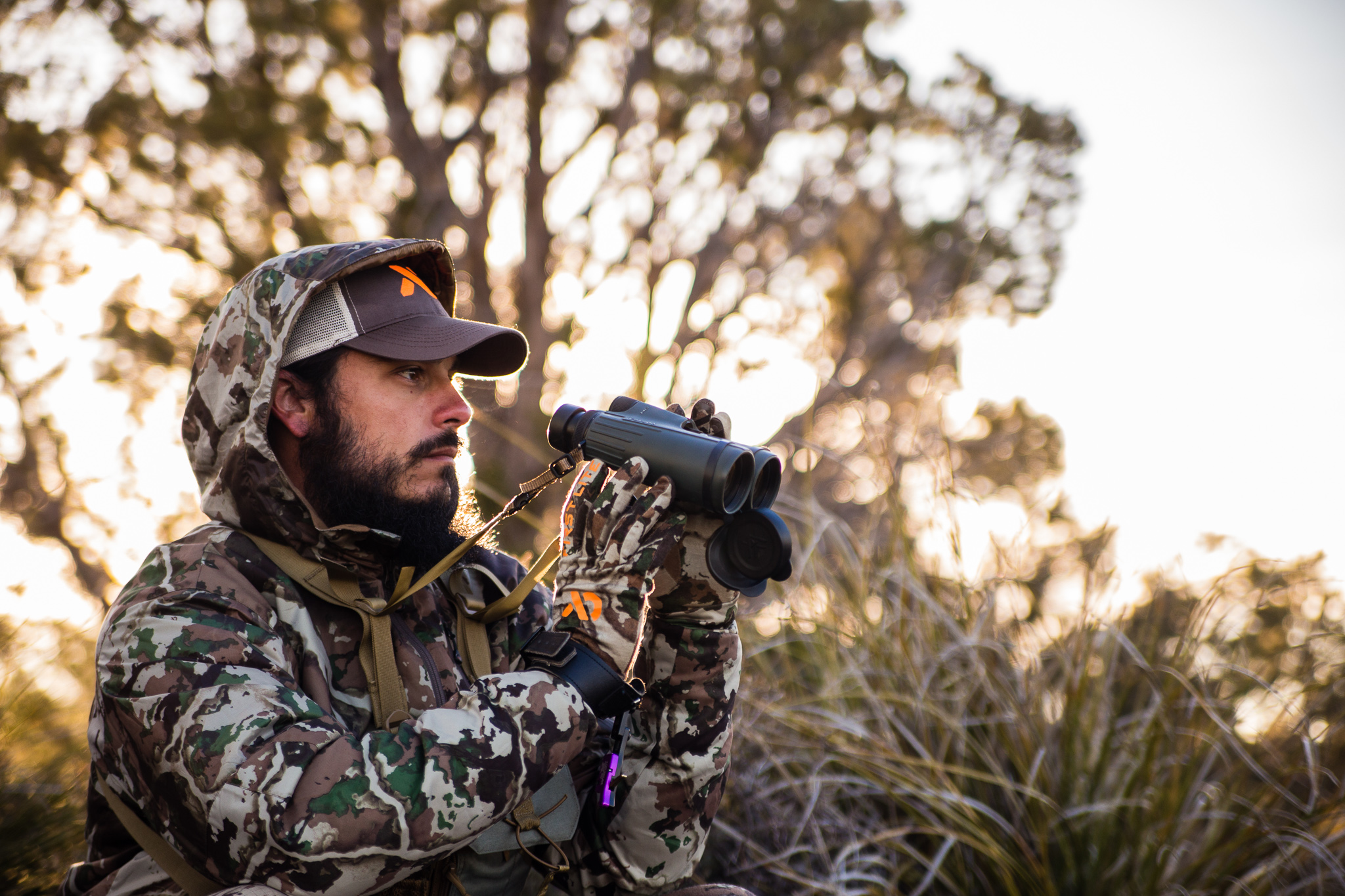
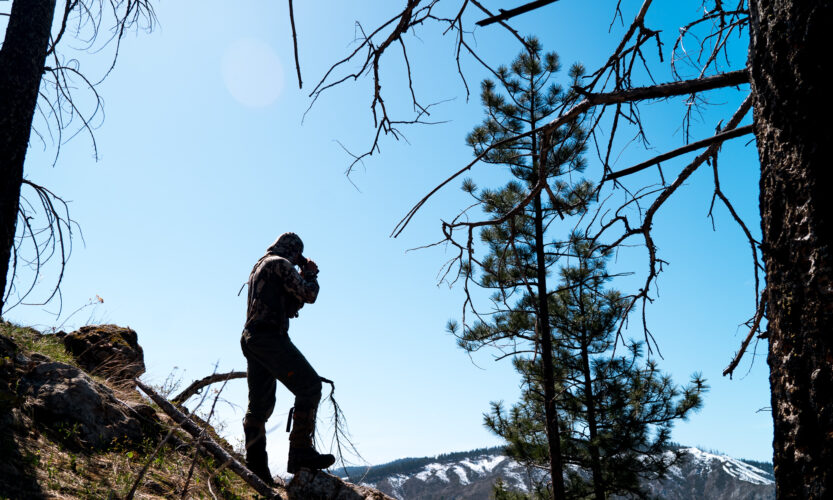
This coming spring I’ll be heading into the Idaho backcountry for a spot and stalk archery spring bear hunt. The past few years I’ve done this hunt with a rifle and been successful doing so. It’s always brutal and I always look forward to it. With this being an archery hunt, the physical demands will be even greater and I’ve been chipping away on backcountry prep little by little to prepare myself.


Going on 4 years now, I have gone to Idaho during the spring to hunt black bears. Since my first trip, which was actually solo for 8 days, I have looked forward to this hunt every year. The first year I missed several bears. The second year I made a bad shot and couldn’t recover a bear. And the third I finally laid my hands on my first Idaho black bear. These were all backpack hunts with my rifle. There was one thing on my mind the whole time. A dream.

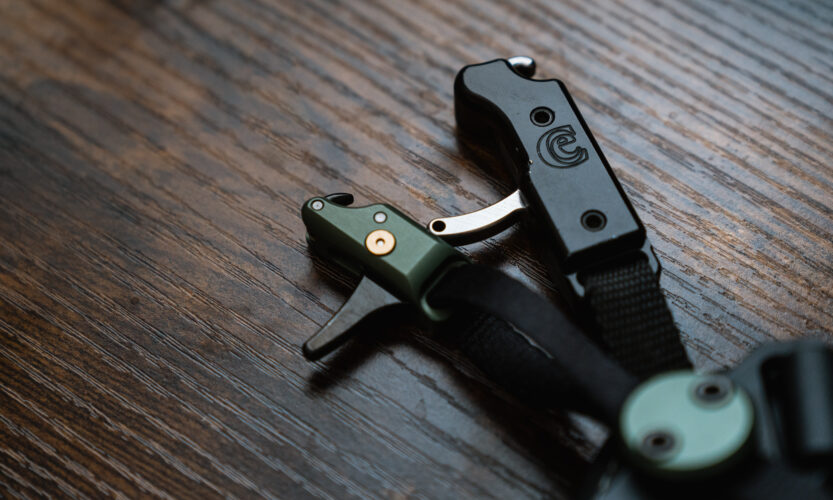
There are a ton of different archery release aids floating around out there. Index style releases, hinges, thumb buttons, and resistance releases. And there are a bunch of options for each of those categories. I am a strong believer in an index-style release for bowhunting especially. My two go-to index-style releases are the Carter Like Mike II and the Stan SoleX. Both are very similar in design, but come in at very different price points. I’m going to break down what I like and what I don’t like about each of these releases. Hopefully, this can help you weigh out which of these awesome index-style releases might be best for you.

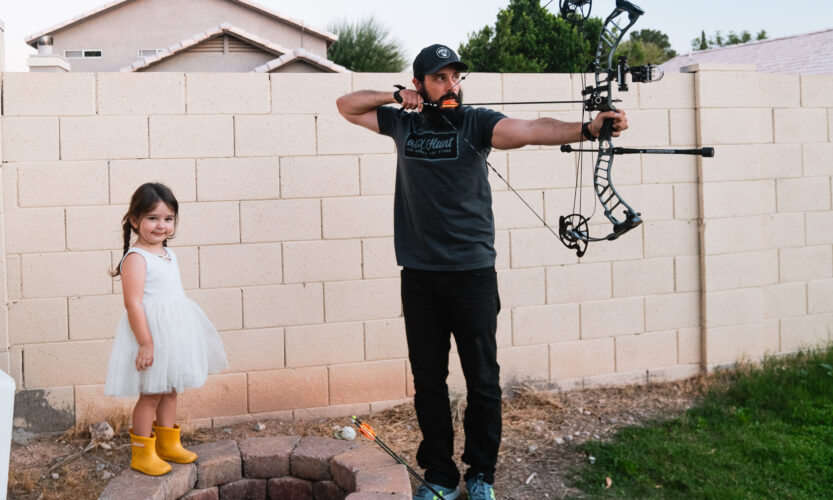
Almost 4 years ago now my life changed for the better. Not that the life I was living was bad at all. I loved my life. But, now I love it more than I could imagine at the time. On June 15th, 2020 my wife and I had our first child, Juniper Rain Kirchner. Things would never be the same for us and we’d grow in more ways than one. The Dad life began.

As someone who lives a very busy life and spends a fair amount of time away from home during hunting seasons, I wanted to do a little virtual check-in with what I’ve learned since our little girl came into our lives. Some changes I’ve made, mistakes, and what life looks like overall now. With any hope, there are some new Dads out there that can benefit from this. If that is you, let me just say, I’m stoked for you!
Fair warning, this is largely going to be about being a parent and has very little to do with hunting, haha. At the same time, it has everything to do with it.


2023 had no shortage of gear changes for me. I’m always looking for ways to solidify my system even more. The only way to do that is to try out new things. Sometimes they work and sometimes they don’t. During the 2023 season, I was reminded of the phrase, “If it ain’t broke, don’t fix it.” My arrow setup is now what it once was instead of something totally new.

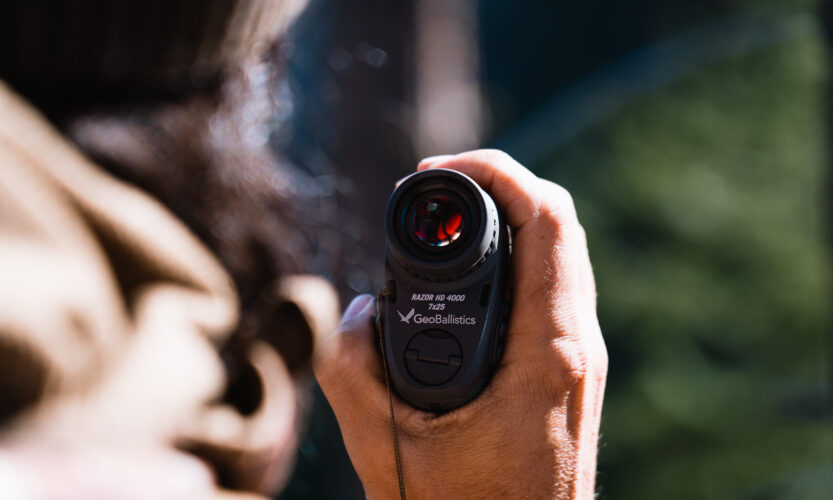
Back before I ever had my very first rangefinder, my perception of them was always that they existed for one to range an animal to get an accurate distance to aim for the shot. And while they absolutely own that space in terms of use, there are other ways that I have found to effectively use rangefinders to make me a more efficient hunter. 2 in particular to be exact.

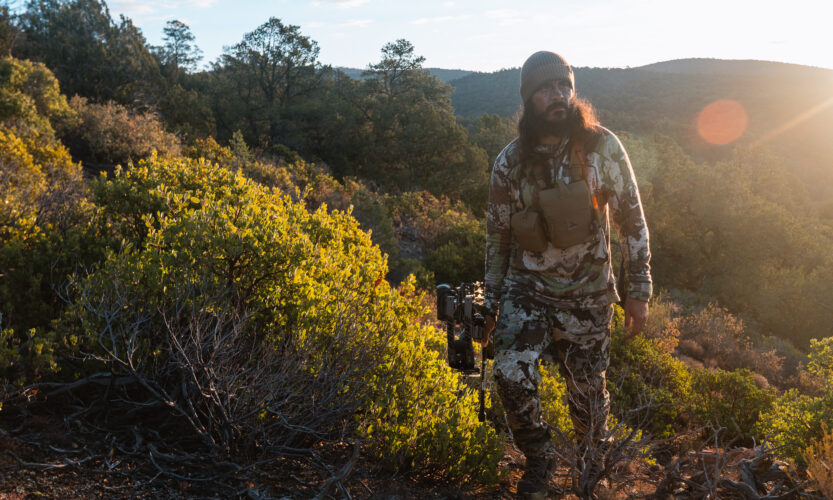
It’s that time of year. When people are making New Year’s Resolutions and building their aspirations for the coming 12 months. Right after hunting season and the hustle and bustle of the holidays, it feels like the right time for a fresh start. I get it, and I’m no exception. I’ve got aspirations of my own, and because this is my blog, I’m going to share some thoughts I’ve had on the New Year and the goals I have in my sights.

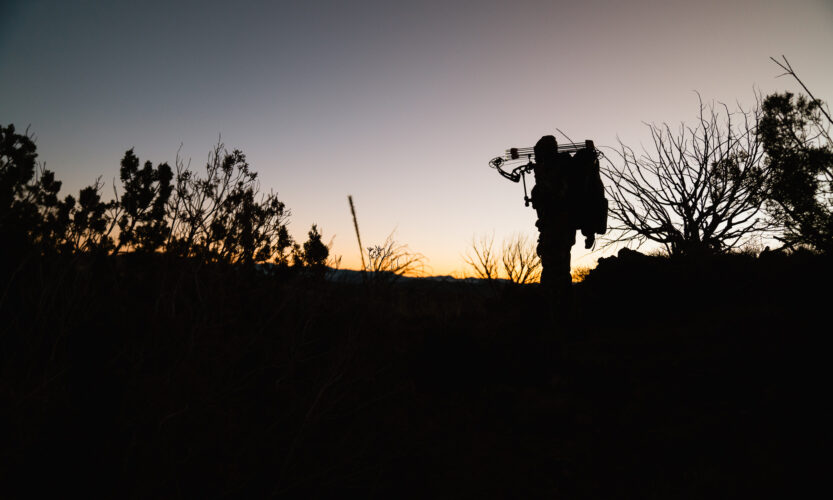
At each start of a new year, I always feel like I am rich with time. A whole 365 days is ahead with a long list of adventure hunts planned. And each year it blows my mind how fast those 365 days fly by. So quick that sometimes it’s hard to appreciate things in the moment as they happen. In light of that, I’m going to treat this as a reflection post. One that takes a look back on the 2023 hunting season.

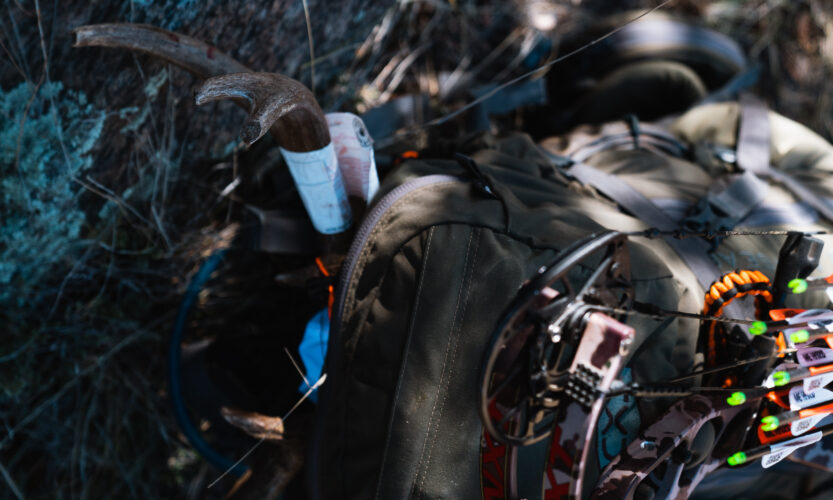
Right now, I’m sitting under a blanket downstairs in front of a Christmas tree. It’s my favorite time of year. Not only do I cherish these times spent at home with family, but right after the fact, I’ll be heading into the field with my bow. Bowhunting coues deer during the month of January is like a second Christmas to me.

Copyright 2019 Dialed In Hunter
Design by NXNW.